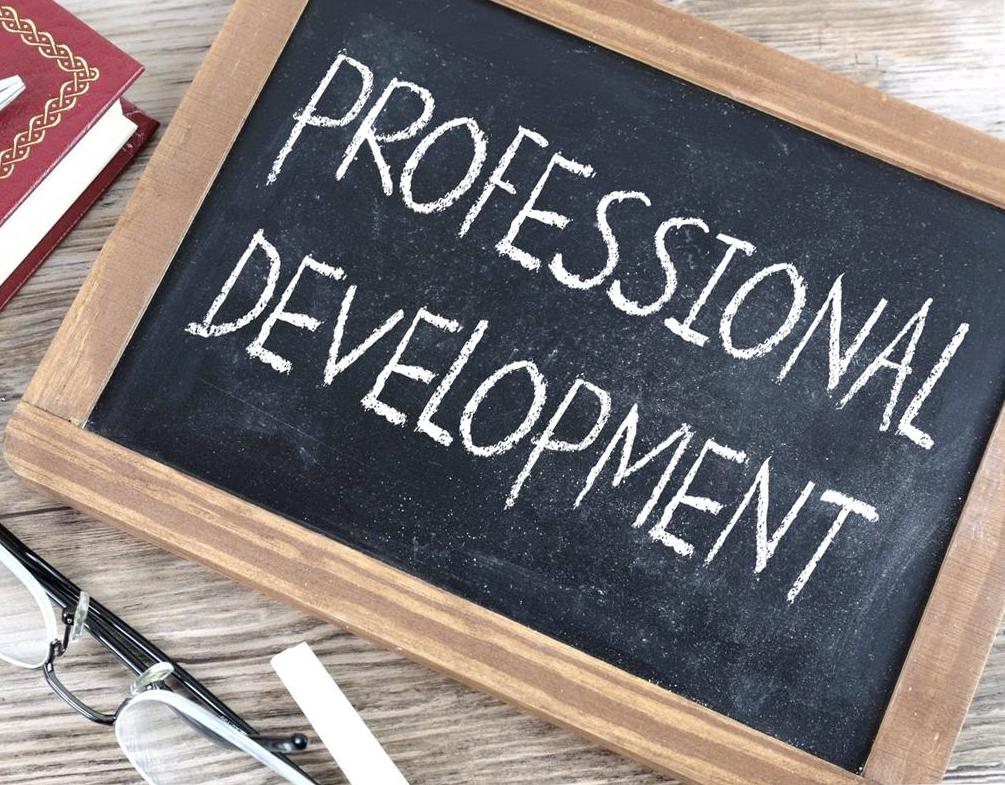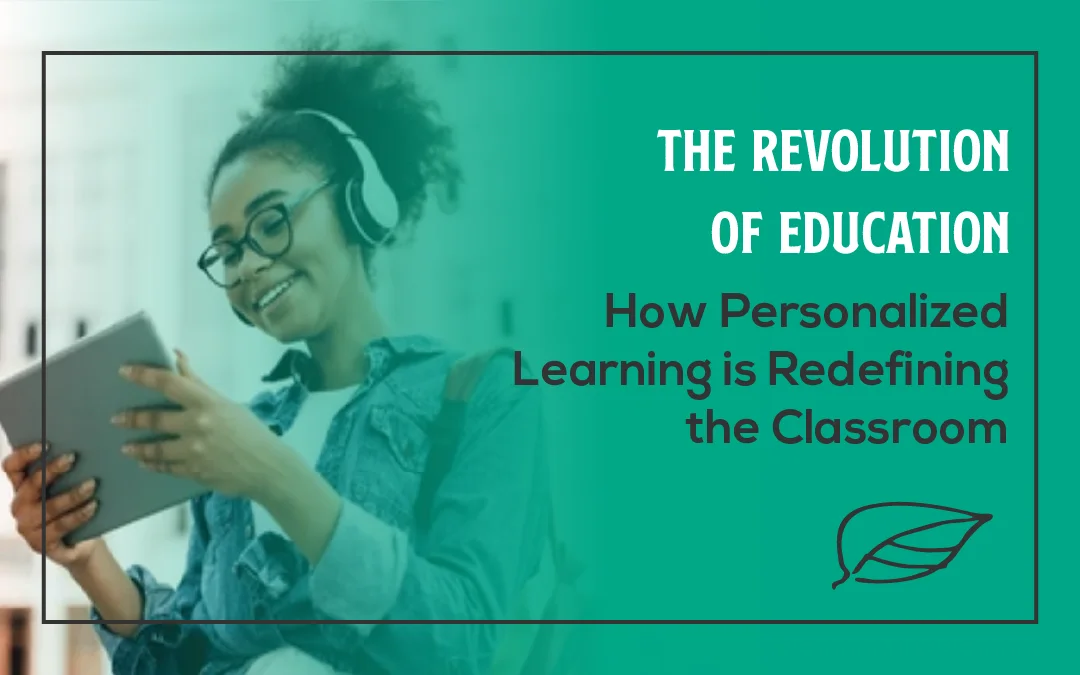Suddenly, education is facing a major overhaul, courtesy of the dynamic duo of AI and online development – and it’s about time. What’s got everyone in education abuzz? Digital tools are rewriting the rules of the classroom, and the effects are nothing short of astonishing.
Learning that fits you like a glove is what we’re all about. We’re talking exams that challenge you just the right amount, topics that spark curiosity, and studying that actually sticks.
The way we learn is undergoing a massive overhaul, and not a moment too soon. Imagine being slotted into a classroom like a cog in a machine, expected to absorb information without question or passion; that outdated model is rapidly losing relevance. With AI on their side, educators can now![]() fashion personalized learning plans that cleverly account for each student’s distinct skills, aptitudes, and mental approaches.
fashion personalized learning plans that cleverly account for each student’s distinct skills, aptitudes, and mental approaches.
The Rise of Personalized Learning
Personalized learning is not a new concept, but recent advancements in AI and online development have made it possible to scale and implement it effectively. Educators are now empowered to build dynamic, student-centric learning plans, thanks to machine learning. To really get through to their students, teachers need to identify what makes each one tick, then use that insight to craft lessons that resonate on a personal level.
From where we stand, we can count on several perks.
- Engage your community with intelligent, actionable insights that resonate, resonate, inspire debates, or simply offer a refreshing perspective – that bring people back for more. Students are more likely to be engaged in the learning process when the content is relevant and tailored to their interests.
- Improved outcomes: No more struggling to keep up or forging ahead blindly. With personalized learning, the pace is theirs to set, the goals are theirs to chase, and – most importantly – the growth is theirs to celebrate.
- Enhanced teacher-student relationships: Think about it: every hour spent on administrative tasks is an hour taken away from real teaching. By automating the mundane, educators can pour their passion and expertise into helping students overcome obstacles, build confidence, and forge their own paths.
Addressing the Critics
Some critics argue that personalized learning is not as effective as traditional teaching methods, citing concerns about:
- Lack of human interaction: Will students miss out on social skills and human connection if they’re learning online?
- Over-reliance on technology: Are we counting too heavily on artificial intelligence in education, forgetting the human touch that judgment and empathy bring to the table?
These concerns are valid, but they can be mitigated by:
- Blended learning models: Two teaching methods, one superior result – online learning and traditional classroom instruction come together to create a more dynamic, student-centered education.
- Teacher training and support: Ensuring that educators are equipped to effectively integrate AI-powered tools into their teaching practices.
The Long-Term Benefits
The benefits of personalized learning extend far beyond the classroom. Imagine students walking into their futures with the confidence and competence to take on anything that comes their way – that’s what we’re aiming for.
- Better prepared for the workforce: Personalized learning helps students develop essential skills like critical thinking, problem-solving, and adaptability – skills that are highly valued by employers.
- Living life on your own terms, with the freedom to decide and direct: The old lectern-centric model is out; student-centric learning is in. Now, they’re no longer just passive recipients, but active participants, authoring their own stories of growth and achievement.
We’re at a crossroads, where the past merges with the future, and the only constant is change – education is on the brink of a revolutionary makeover.

Education is undergoing a makeover, and it’s the personalized learning momentum that’s generating the buzz; everybody’s embracing the benefits and opportunities that come with it. Buckle up – the merging of AI and online development is set to create a new wave of innovative educational tools that put learners first.
- Virtual and augmented reality: Immersive learning experiences that simulate real-world environments, making learning more engaging and interactive.
- AI-powered adaptive assessments: Assessments that adapt to a student’s pace, syncing with their learning trajectory to pinpoint strengths and weaknesses.
Imagine an education system where students are able to take the reins, where their unique strengths and interests guide the learning process – that’s the potential of learning in the 21st century. Imagine an education system that’s nimble, flexible, and totally focused on helping students develop the skills, knowledge, and passion they need to make their mark in the 21st century – that’s what we can achieve by embracing this trend.

